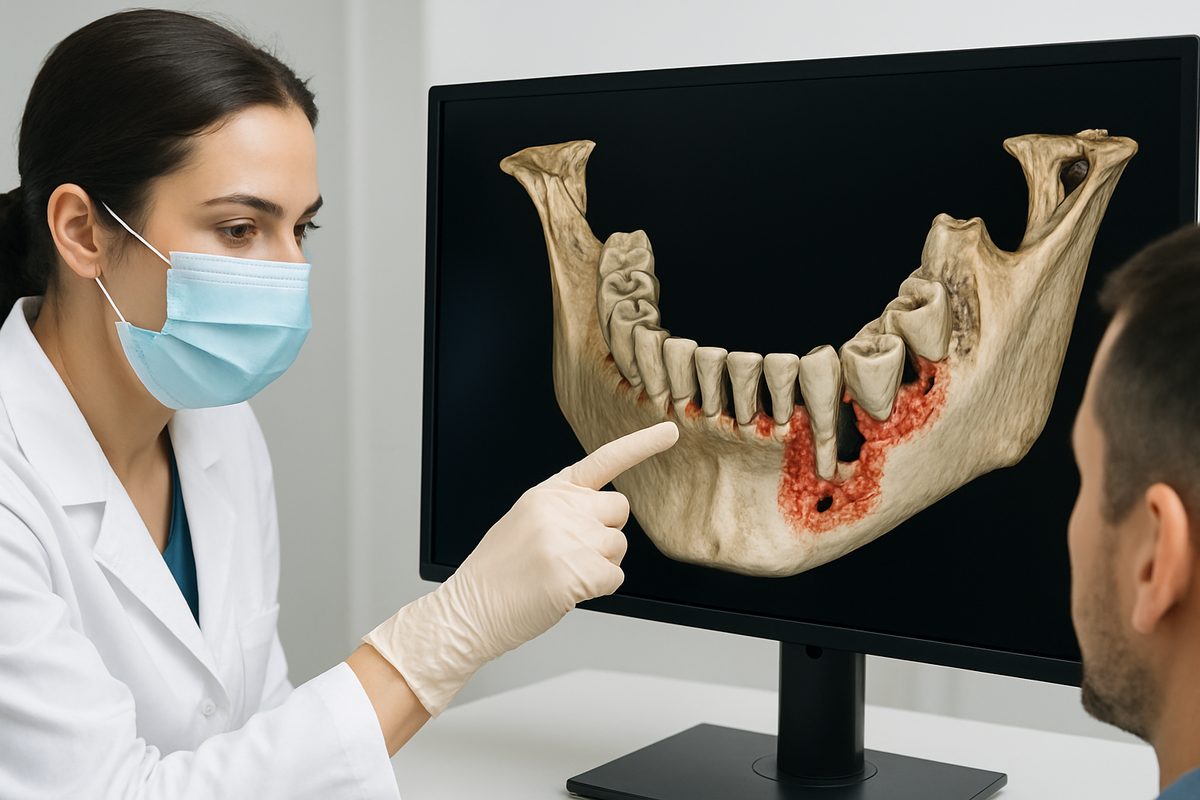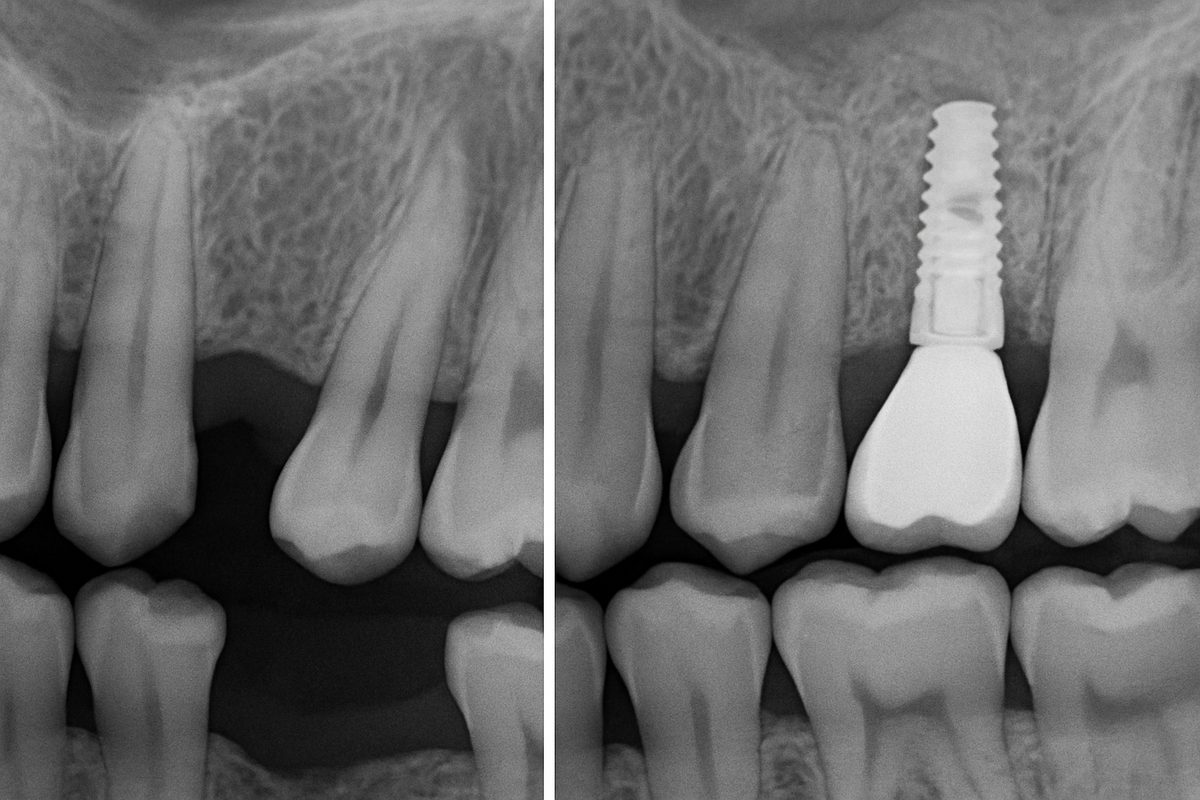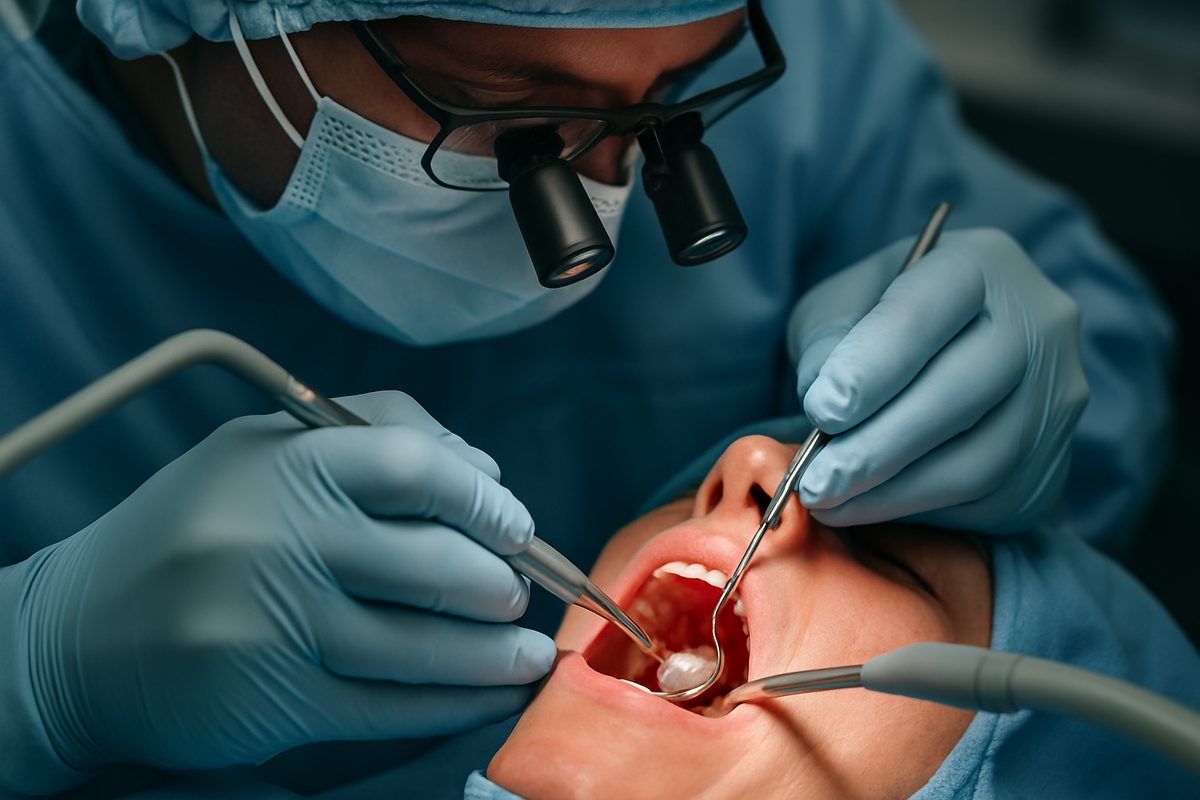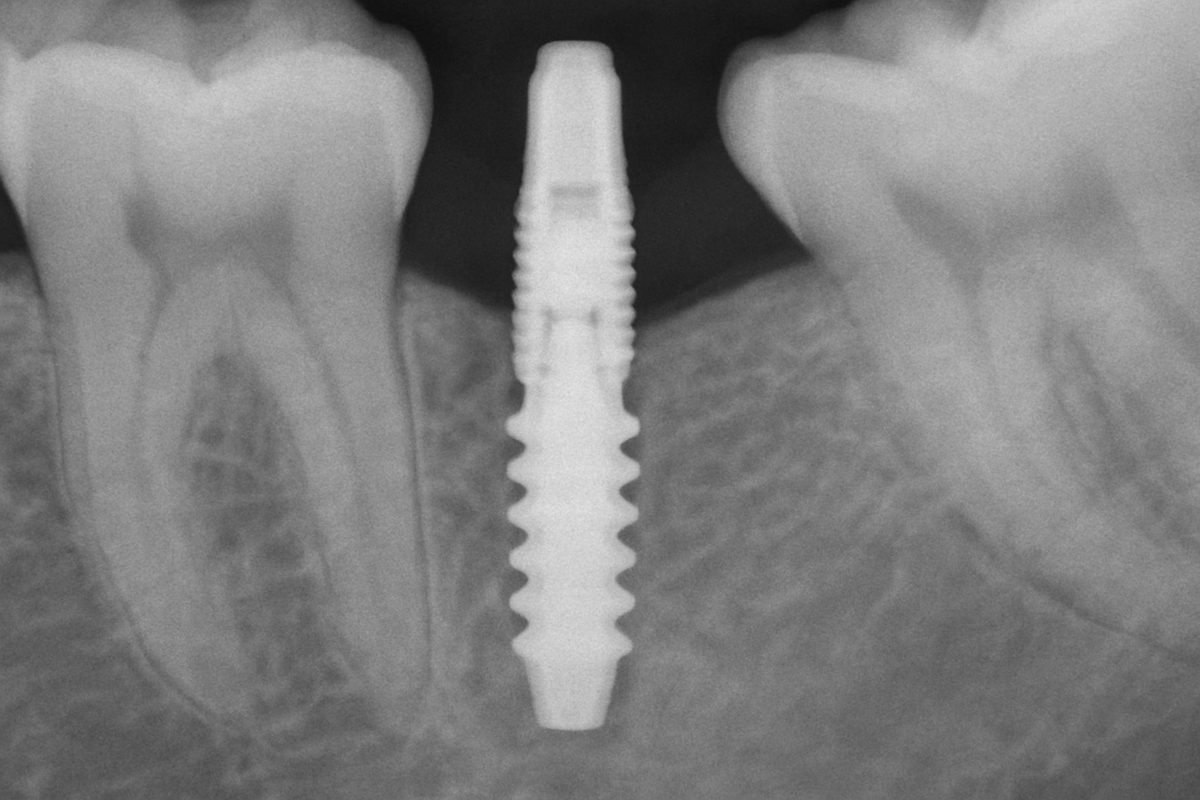Blog - St. Louis, MO
Tips, Facts, And The
Latest In Dentistry

Bone Graft and Implant: Is It Necessary For Dental Implants?

A bone graft and implant is a two-part idea: a bone graft adds or rebuilds jawbone where it’s thin or missing, and an implant is a titanium post placed into that bone to hold a replacement tooth. Patients often ask if grafting is necessary because grafts add time, cost, and healing. This post explains when a bone graft and implant is needed, the types of grafts, how grafts change the timeline and success of implants, risks and recovery, alternatives, and how a specialized implant center can help you plan treatment.
When Is a Bone Graft and Implant Necessary?
Signs of not enough bone
If a tooth has been missing for months or years, the jawbone can shrink where the tooth used to be. Trauma, infection, or advanced gum disease can also eat away bone. When the ridge is too thin or low, there isn’t enough support for a stable implant. Your dentist looks for thin bone, short height, or poor density on X-rays and 3D scans.
Timing matters: immediate vs delayed needs
Sometimes a graft can be done at the same time as the implant (socket preservation or simultaneous grafting). Other times the graft must heal first and the implant is placed months later. Immediate graft-and-implant is possible when stability is good and infection is controlled. Delayed grafting is used when more bone is needed or the site needs time to recover.
Special cases: sinus lifts and ridge defects
Upper back tooth sites often need a sinus lift when the sinus floor is too close to the jaw. For very narrow or uneven ridges, ridge augmentation or preservation builds a fuller base for implants. These procedures make implants possible where bone alone would not be enough.
Types of Bone Grafts Used for Implants
Autograft, allograft, xenograft
Autografts use your own bone (often taken from another mouth site). They heal well but need a second surgical site. Allografts come from human donors and avoid a second site. Xenografts come from animals (like bovine) and act as a scaffold. Each has pros and cons for healing, availability, and cost.
Synthetic grafts and biologics
Synthetic grafts use man-made minerals that support bone growth. Biologics and growth factors (like BMPs or platelet-rich fibrin) can speed healing and improve bone formation. Membranes are often used to protect grafts while new bone forms.
How a Bone Graft Affects the Implant Timeline and Success
Typical timelines
Grafts often need months to integrate—commonly 3–6 months before an implant can be placed. If graft and implant are done together, the crown may wait longer until the implant is fully stable. Healing time depends on graft type, location, and your health.
Impact on success rates
When properly planned and performed, grafting increases implant stability and long-term success. Good bone volume reduces the risk of implant failure and improves the final look and function.
Risks, Recovery, and Patient Experience
Common side effects and complications
Expect swelling, bruising, and soreness for a few days. There is a small risk of infection, graft rejection, or graft failure. Serious complications are rare with proper care and experienced clinicians.
Recovery and aftercare
Follow soft-food diets, take prescribed medications, avoid smoking, and attend follow-up imaging. Your provider will give step-by-step care instructions and schedule checkups to monitor healing.
Alternatives to Bone Grafting
When grafts may be avoidable
In some cases, short implants, angled implants, or implant-supported bridges and dentures can avoid major grafting. These options depend on bone quality, bite forces, and esthetic needs and should be discussed with an implant specialist.
Why Choose a Specialized Implant Center for Bone Graft and Implant Planning
Specialized centers use 3D CBCT imaging, guided surgery, and in-house labs to plan predictable graft and implant outcomes. These tools let the team see bone volume, plan exact implant positions, and reduce surprises. New You Smile and Dr. James Fetsch bring decades of implant experience and technologies like 3D scanning, guided navigation, and an on-site lab to make graft and implant care precise and comfortable.
Next Steps: How to Find Out If You Need a Bone Graft and Implant
Schedule a consultation with 3D imaging to assess your bone. Bring any recent dental records, a list of medications, and questions about timing, costs, and sedation options. Book an evaluation to get a clear plan and timeline for whether a bone graft and implant is right for you.




